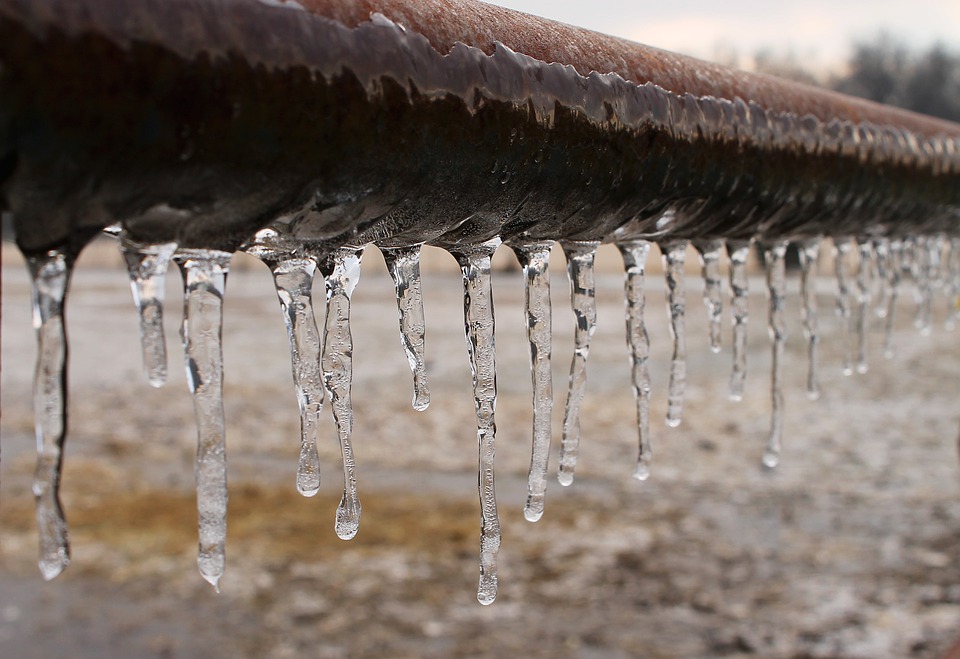Avoiding Frozen Pipes in Cold Weather: Pro Tips
Avoiding Frozen Pipes in Cold Weather: Pro Tips
Blog Article
The writer is making several good annotation on How to Prevent Your Pipes From Freezing in general in this great article following next.

Cold weather can wreak havoc on your plumbing, particularly by freezing pipes. Here's how to prevent it from taking place and what to do if it does.
Intro
As temperature levels decrease, the risk of frozen pipelines boosts, potentially resulting in costly fixings and water damages. Understanding how to stop frozen pipelines is vital for property owners in chilly environments.
Comprehending Icy Pipes
What causes pipelines to ice up?
Pipes freeze when exposed to temperature levels listed below 32 ° F (0 ° C) for expanded durations. As water inside the pipes freezes, it expands, putting pressure on the pipe walls and potentially causing them to break.
Dangers and damages
Icy pipes can lead to water interruptions, home damages, and expensive repair services. Ruptured pipes can flood homes and cause substantial architectural damages.
Signs of Frozen Pipeline
Determining frozen pipes early can avoid them from rupturing.
Exactly how to determine frozen pipes
Look for decreased water circulation from taps, uncommon smells or noises from pipes, and noticeable frost on revealed pipelines.
Prevention Tips
Insulating vulnerable pipelines
Cover pipes in insulation sleeves or make use of warmth tape to secure them from freezing temperatures. Focus on pipelines in unheated or outside areas of the home.
Heating strategies
Maintain indoor areas effectively heated up, especially locations with plumbing. Open cupboard doors to enable warm air to circulate around pipelines under sinks.
Shielding Outside Plumbing
Garden hoses and outdoor faucets
Disconnect and drain pipes garden hose pipes before winter months. Set up frost-proof faucets or cover outdoor taps with shielded caps.
What to Do If Your Pipelines Freeze
Immediate activities to take
If you think icy pipes, keep taps open up to soothe stress as the ice melts. Make use of a hairdryer or towels soaked in hot water to thaw pipes gradually.
Long-Term Solutions
Structural changes
Consider rerouting pipes far from exterior walls or unheated areas. Add additional insulation to attics, basements, and crawl spaces.
Upgrading insulation
Invest in top quality insulation for pipes, attic rooms, and wall surfaces. Correct insulation aids preserve constant temperatures and lowers the threat of icy pipes.
Conclusion
Protecting against icy pipes needs proactive procedures and quick actions. By understanding the causes, indicators, and preventive measures, house owners can protect their plumbing throughout winter.
5 Ways to Prevent Frozen Pipes
Drain Outdoor Faucets and Disconnect Hoses
First, close the shut-off valve that controls the flow of water in the pipe to your outdoor faucet. Then, head outside to disconnect and drain your hose and open the outdoor faucet to allow the water to completely drain out of the line. Turn off the faucet when done. Finally, head back to the shut-off valve and drain the remaining water inside the pipe into a bucket or container. Additionally, if you have a home irrigation system, you should consider hiring an expert to clear the system of water each year.
Insulate Pipes
One of the best and most cost-effective methods for preventing frozen water pipes is to wrap your pipes with insulation. This is especially important for areas in your home that aren’t exposed to heat, such as an attic. We suggest using foam sleeves, which can typically be found at your local hardware store.
Keep Heat Running at 65
Your pipes are located inside your walls, and the temperature there is much colder than the rest of the house. To prevent your pipes from freezing, The Insurance Information Institute suggests that you keep your home heated to at least 65 degrees, even when traveling. You may want to invest in smart devices that can keep an eye on the temperature in your home while you’re away.
Leave Water Dripping
Moving water — even a small trickle — can prevent ice from forming inside your pipes. When freezing temps are imminent, start a drip of water from all faucets that serve exposed pipes. Leaving a few faucets running will also help relieve pressure inside the pipes and help prevent a rupture if the water inside freezes.
Open Cupboard Doors
Warm your kitchen and bathroom pipes by opening cupboards and vanities. You should also leave your interior doors ajar to help warm air circulate evenly throughout your home.

I came across that piece on How To Avoid Freezing Pipes when doing a search on the web. For those who enjoyed reading our post please make sure you remember to share it. I treasure reading our article about Preventing and dealing with frozen pipes.
Course Detail Report this page